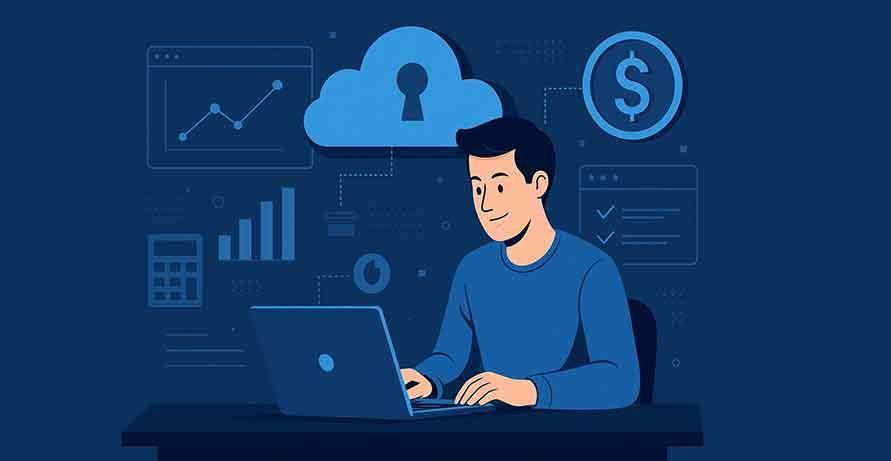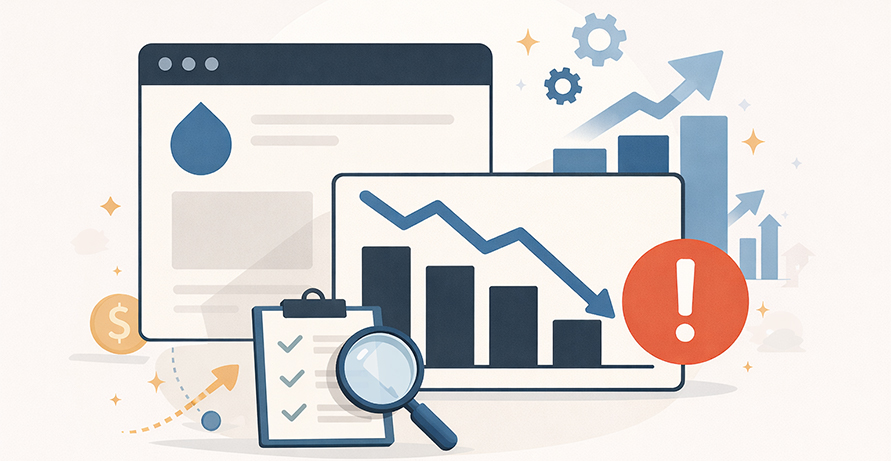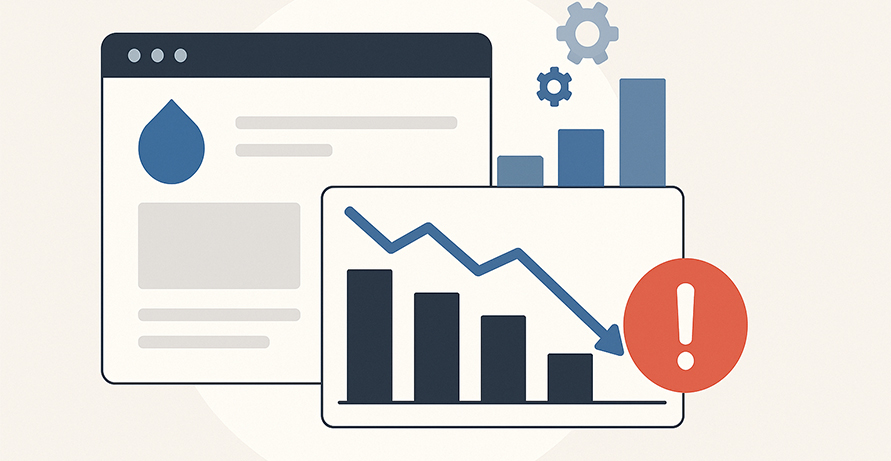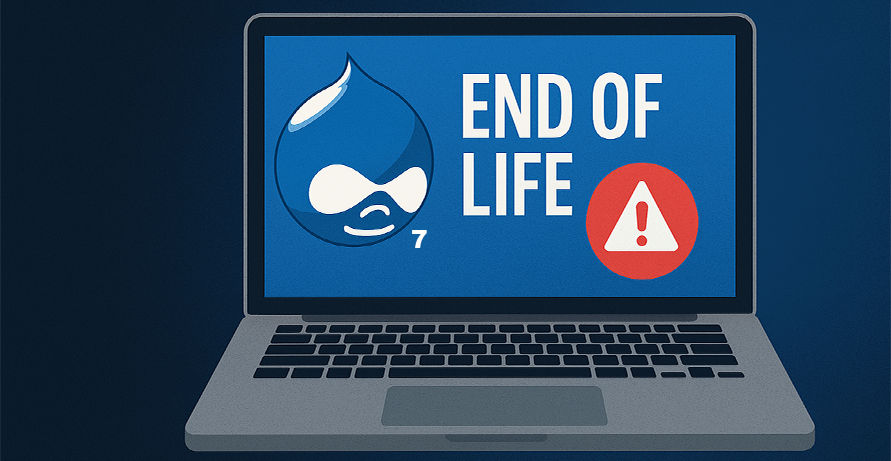SaaS Development on a Budget: Practical Tips for Founders

Building a SaaS (Software-as-a-Service) product in 2025 no longer requires massive capital but it does require strategic decisions. Many startups fail not because of poor ideas, but because of inefficient development spending, misaligned tech choices, and premature scaling.
This article explores how startup founders can build and launch SaaS products efficiently, maintain quality, and scale sustainably. Drawing on industry data and real-world experience, we’ll cover cost-saving frameworks, smart technology stacks, and process optimizations that help founders build smarter, not just cheaper.
Why Budget Efficiency Matters in SaaS Development
According to CB Insights, 38 percent of startups fail due to running out of cash, while another 14 percent collapse due to poor product-market fit. SaaS founders often overspend on development before validating demand.
The challenge is balancing speed, quality, and scalability without draining early capital. Modern SaaS success relies on:
- Lean MVPs that validate ideas quickly
- Smart outsourcing and automation
- Modular, scalable architecture from day one
- Prioritizing customer feedback over unnecessary features
Step 1: Start with an MVP Mindset
A Minimum Viable Product (MVP) is the foundation of cost-effective SaaS development. Instead of building a feature-packed platform, focus on a simple version that solves a specific problem for a specific audience.
How to Structure an MVP Efficiently:
- Identify your core pain point: What problem does your SaaS uniquely solve?
- Define the smallest feature set possible: Launch with the essentials only.
- Use low-code or prebuilt tools: Platforms like Bubble, Supabase, or Firebase can cut development costs by up to 60 percent.
- Validate early: Launch to a small test audience and gather actionable feedback.
Example:
A San Francisco-based founder spent $15,000 building an MVP for a team scheduling tool using Firebase and React. Within six weeks, they had paying users, proof that validation can happen before a large investment.
Step 2: Choose the Right Tech Stack Early
Technology decisions made early in development often determine long-term costs. Over-engineering your SaaS with complex stacks can make maintenance expensive and scalability difficult.
Smart Tech Stack Principles for Founders:
- Backend: Start with Laravel, Node.js, or Django for a clean, cost-efficient architecture.
- Frontend: Use React or Vue.js for modular and reusable components.
- Database: Choose PostgreSQL or MongoDB for flexibility.
- Hosting: Use cloud platforms like AWS or DigitalOcean with pay-as-you-go pricing.
- Integrations: Leverage APIs for payment (Stripe), notifications (Twilio), and analytics (Mixpanel) instead of building in-house.
A good tech stack is like a lean engine; it should be efficient, adaptable, and simple enough for small teams to manage.
Step 3: Embrace Agile and Iterative Development
The Agile methodology allows you to ship faster and spend smarter. Instead of long, expensive development cycles, break projects into smaller, testable phases.
Agile Development Best Practices for SaaS Startups:
- Sprint Planning: Work in 1–2 week iterations focused on measurable outcomes.
- Continuous Feedback: Gather user input after each release.
- Prioritize by ROI: Build features that directly impact user acquisition or retention first.
- Automate Testing: Use tools like Cypress or Jest to cut QA time.
Case Example:
A startup reduced its initial burn rate by 30 percent by adopting two-week sprints, focusing on core user flows rather than polishing non-critical modules.
Agility isn’t about rushing, it’s about learning quickly and iterating intelligently.
Step 4: Outsource Strategically
Outsourcing can significantly reduce costs, but it must be done strategically. Founders should outsource for expertise, not just cheap labor.
When to Outsource:
- When you lack in-house technical expertise
- For specialized tasks (DevOps, UI/UX, QA automation)
- During MVP and early scaling phases
When to Keep In-House:
- Core product design and customer experience
- Intellectual property and business logic
- Continuous feedback loops with users
The best outsourcing relationships feel like extensions of your internal team. Collaboration, not delegation, is the key to successful SaaS development.
Step 5: Optimize Your Cloud Costs
Cloud infrastructure is essential for SaaS scalability, but it can also become one of the largest ongoing expenses if unmanaged.
Tips for Managing Cloud Costs:
- Start with smaller compute instances and scale only when needed.
- Use serverless architectures like AWS Lambda or Google Cloud Functions.
- Automate monitoring to prevent over-provisioning.
- Use CDN and caching layers to reduce bandwidth consumption.
- Regularly audit unused resources.
The cloud gives infinite flexibility, but without oversight, it also gives infinite bills. Automation is your best financial control.
Step 6: Focus on Security and Compliance from Day One
Many founders skip security and compliance to save money initially, only to face expensive breaches or penalties later. Security should be embedded into the development lifecycle, not added afterward.
Cost-Effective Security Measures:
- Use prebuilt authentication tools like Auth0 or Firebase Auth.
- Implement HTTPS and SSL by default.
- Conduct regular vulnerability scans using open-source tools.
- Store sensitive data with encryption and access control.
- Ensure compliance with GDPR, HIPAA, or SOC 2 if handling user data.
Security is cheaper to build in than to repair later. Founders who treat it as optional often pay the price in lost trust and revenue.
Step 7: Automate Wherever Possible
Automation can save hundreds of hours and thousands of dollars. SaaS founders should automate repetitive tasks across development, testing, deployment, and customer onboarding.
Areas to Automate:
- CI/CD pipelines using GitHub Actions or GitLab CI
- Testing suites for unit and end-to-end testing
- Monitoring and alerts with tools like Datadog or New Relic
- Customer onboarding through automated workflows and email triggers
- Billing and subscription management via Stripe or Chargebee integrations
Automation is the silent team member every SaaS startup needs. It doesn’t sleep, it doesn’t make mistakes, and it scales with you.
Step 8: Track Metrics That Matter
Founders often get lost in vanity metrics like downloads or page views. To stay financially lean, focus on metrics that affect growth and profitability.
Key SaaS Metrics to Track:
- MRR (Monthly Recurring Revenue): Revenue predictability and stability
- CAC (Customer Acquisition Cost): How much you spend to gain a user
- LTV (Customer Lifetime Value): The total revenue from one user over time
- Churn Rate: Percentage of users lost monthly
- Conversion Rate: From trial to paid subscriptions
What gets measured gets managed. Focus on data that moves the needle, not numbers that just look good.
Step 9: Build for Scalability from the Start
Scaling prematurely can bankrupt a SaaS company, but ignoring scalability can break it once growth begins. The goal is to build a system that can expand smoothly when the time is right.
Scalability Strategies:
- Use modular code structures
- Optimize databases early
- Adopt containerization (Docker, Kubernetes)
- Employ caching and CDN layers
- Design APIs that can handle load balancing
Scalability isn’t just technical, it’s strategic. Building it right early saves you from paying tenfold later.
Final Takeaways
Launching a SaaS product on a budget is about discipline, not deprivation. Founders who approach development strategically can compete with better-funded startups by focusing on lean execution, smart automation, and scalable architecture.
Working with an experienced development partner can help you balance innovation and affordability through end-to-end SaaS development from MVP to post-launch scaling, built on cost-efficient technologies and proven frameworks.
If you are a startup founder looking to build your SaaS without breaking the bank, contact Anchor Points today for a free consultation. Let’s turn your vision into a scalable, investor-ready product.
FAQs
Q1. How much does it cost to build a SaaS MVP?
It typically ranges from $15,000 to $50,000, depending on features, integrations, and complexity.
Q2. How long does it take to develop a SaaS MVP?
On average, 8–12 weeks with an experienced development partner.
Q3. Should I hire in-house or outsource SaaS development?
Early-stage startups benefit more from outsourcing to expert teams until funding allows full-time hires.
Q4. How can I reduce SaaS development costs without cutting quality?
Use open-source tools, automation, and focus only on core features during the MVP phase.
Q5. What is the most common mistake SaaS founders make?
Building too many features before validating the core idea with real users.








